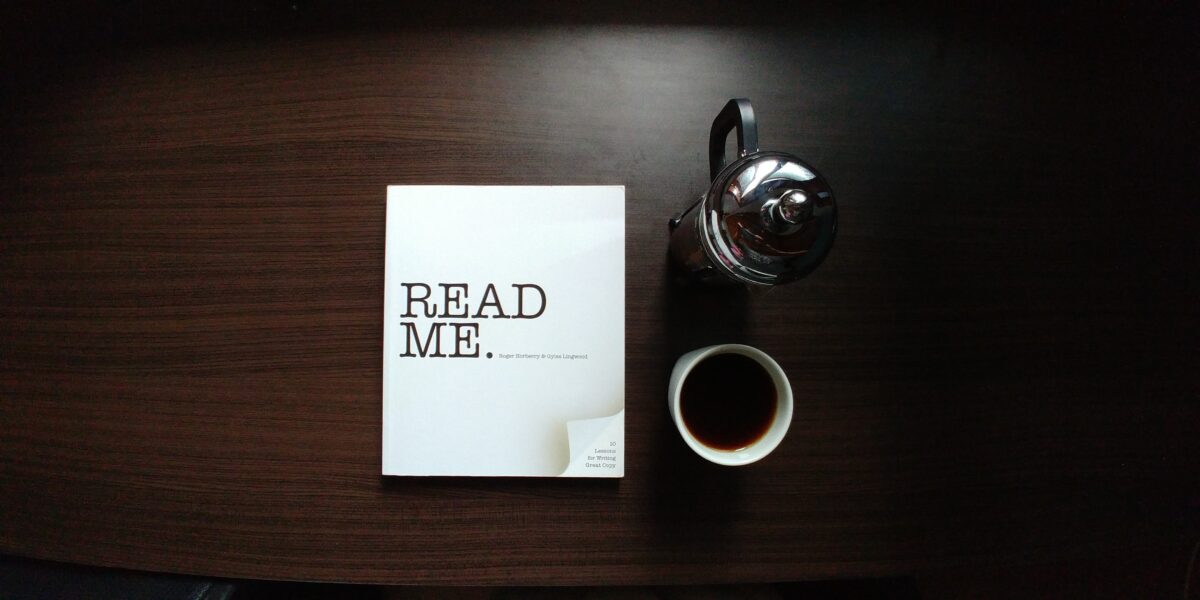Press releases can help your brand generate media coverage, which can help you reach your target audience that much more. Because there’s no guarantee that your press release will result in coverage, the more journalists you can reach, the better your chances. About 48 percent … Continue reading “5 of the best free press release services”
What’s the difference between a media pitch and a press release?
When you have news to announce about your brand, you’re likely wanting to share it with the media as well. It could be a product launch, company announcement, upcoming event or something else. But regardless of what the news is, you should consider getting your … Continue reading “What’s the difference between a media pitch and a press release?”
4 ways to find the right journalists to cover your brand
Generating buzz through earned media coverage begins with finding the right journalists to cover your brand’s story and various news updates. Earned media results from media outreach and is the fastest-growing form of marketing. In the simplest sense, earned media refers to any material written … Continue reading “4 ways to find the right journalists to cover your brand”
8 tips to write a press release that gets noticed
While some may think a press release is archaic, it still should be part of your overall marketing strategy. In the simplest sense, a press release is a news story written by a public relations professional and sent to targeted members of the media. Typical … Continue reading “8 tips to write a press release that gets noticed”




